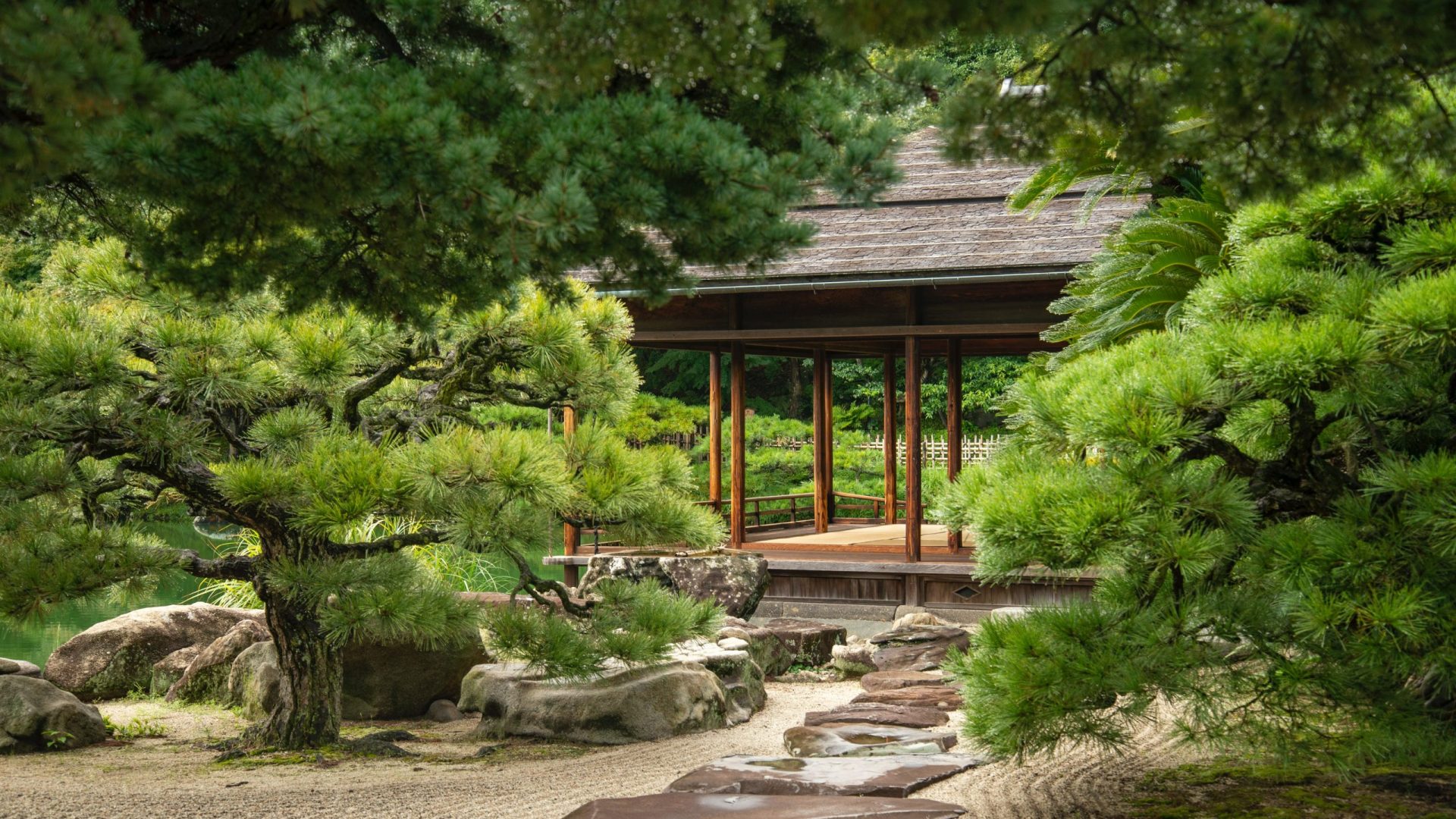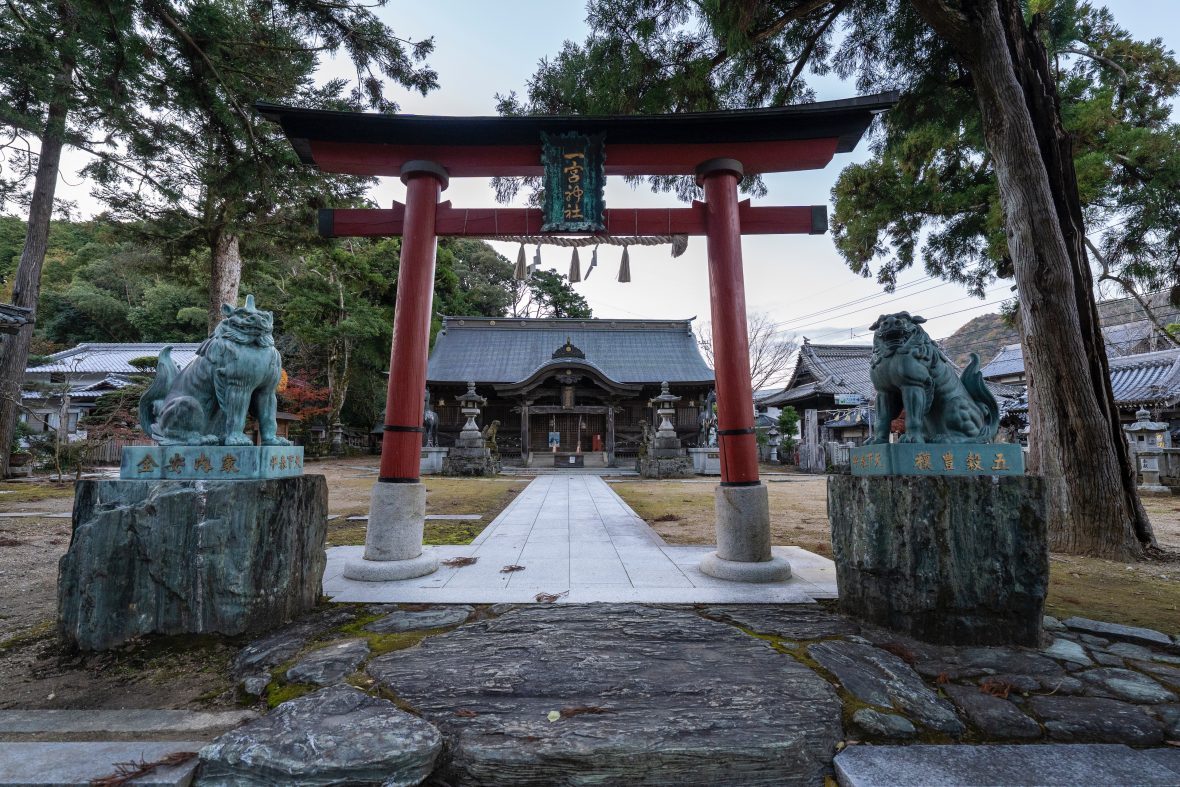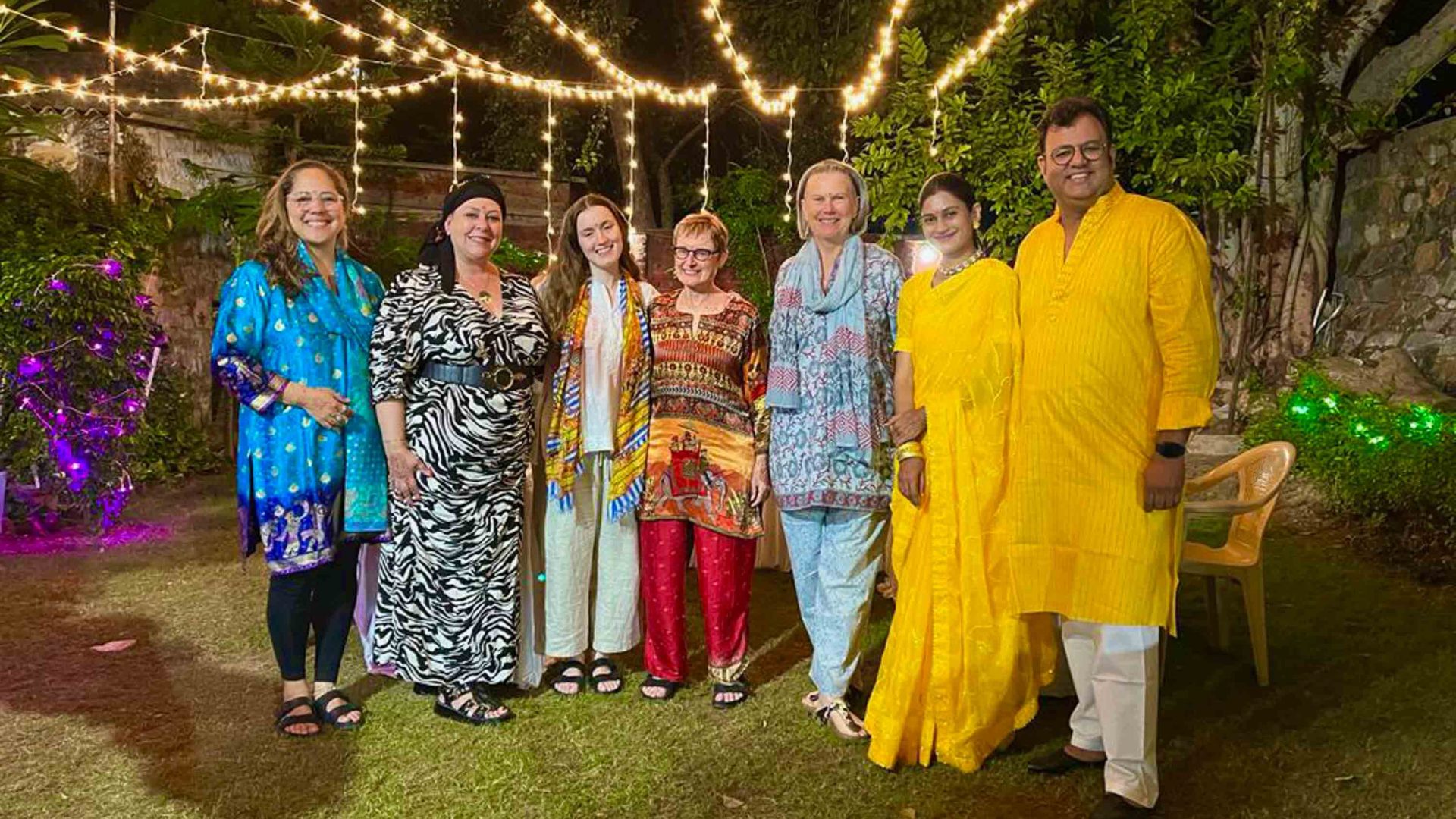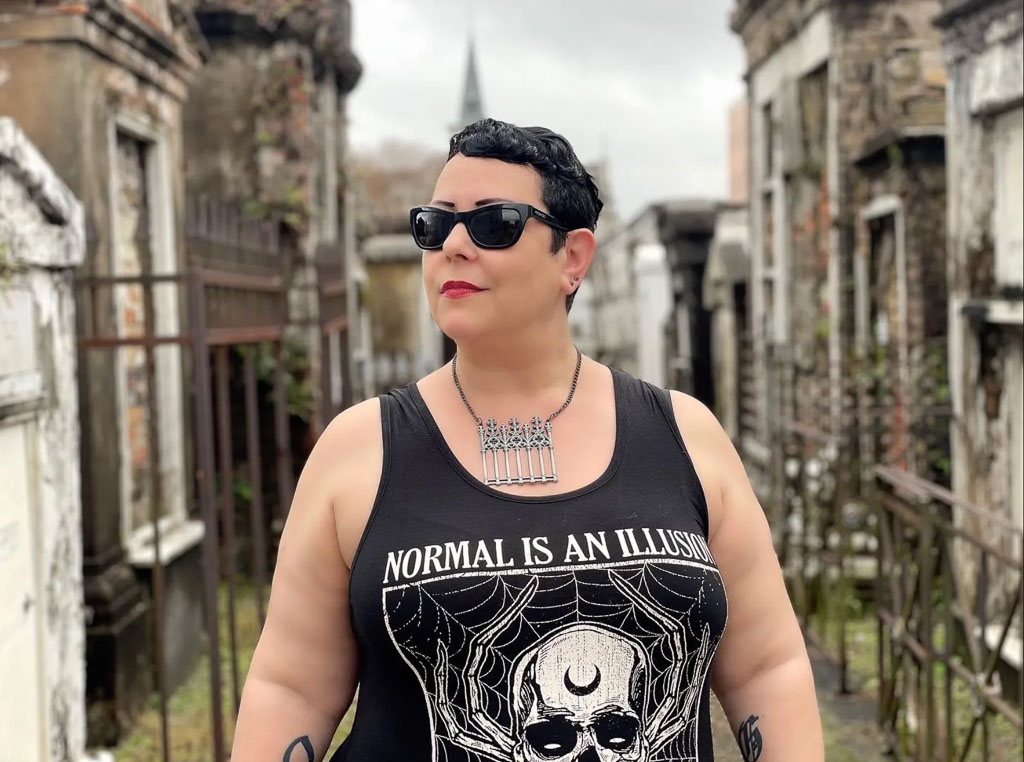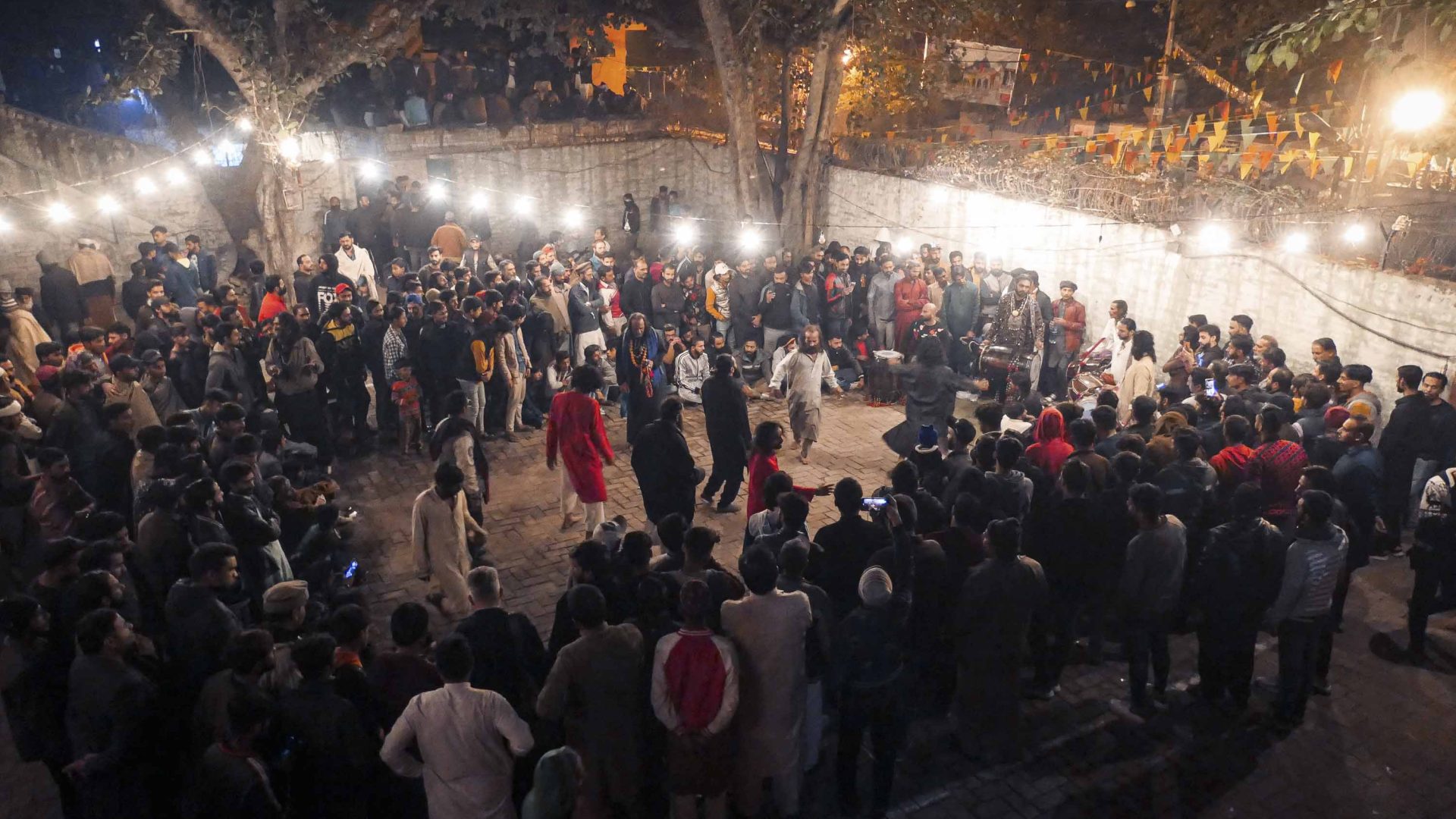Chatting away with a stranger as we sat starkers in a piping-hot onsen was not how I expected my night in a shukubo (Japanese temple lodging) to begin.
The first surprise was the onsen. While common in Japanese hotels, I didn’t expect to find one in a Buddhist monastery (much less the vintage cigarette dispenser in the hallway). After a long day walking the Shikoku Henro, a 746-mile (1200 kilometers) Buddhist pilgrimage route that links 88 temples and encircles the mountainous island of Shikoku, I couldn’t strip off fast enough.
About 10 miles (16 kilometers) from the start of the Shikoku Henro, which follows the first-century footsteps of legendary Japanese Buddhist priest Kūkai, also known as Kōbō Daishi, the Anrakuji Temple (Temple 6) is among a handful of temples you can stay in along this ancient trail. And if the packed dining room at dinner time was anything to go by, it’s very popular.
As I watched fellow guests throw themselves into the after-dinner chanting session in the temple’s main hall, I felt a little out of place as possibly the least religious person in the room. But you don’t need to be religious to embrace spiritual tourism, says Dr. Jaeyeon Choe, a lecturer in Tourism and Events at Glasgow Caledonian University who has a research interest in spiritual tourism. “Spiritual travel is becoming more popular as an alternative way for people to address mental health issues,” she says. According to research published in the Journal of Tourism Insights in 2020, temple stays can be beneficial for both locals and tourists, allowing locals to “revive historical roots and alternative tourists from around the world pursuing personal growth.”
Choe also tells me that spiritual tourism, which is deeply interlinked with wellness tourism, doesn’t even need to take place in a traditionally spiritual setting. “For some people, the experience of being in nature, or forest bathing, can be very spiritual,” she says.
